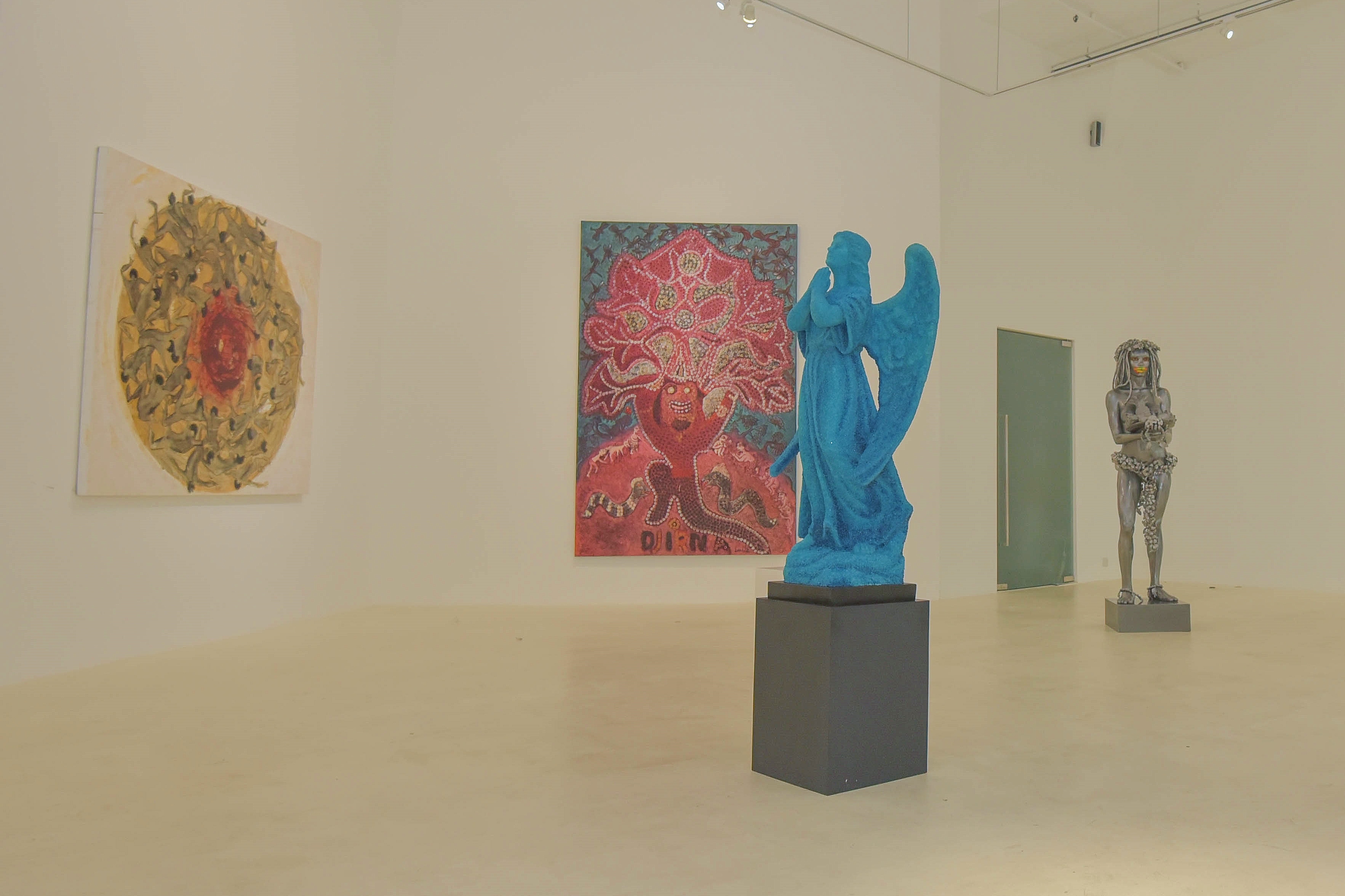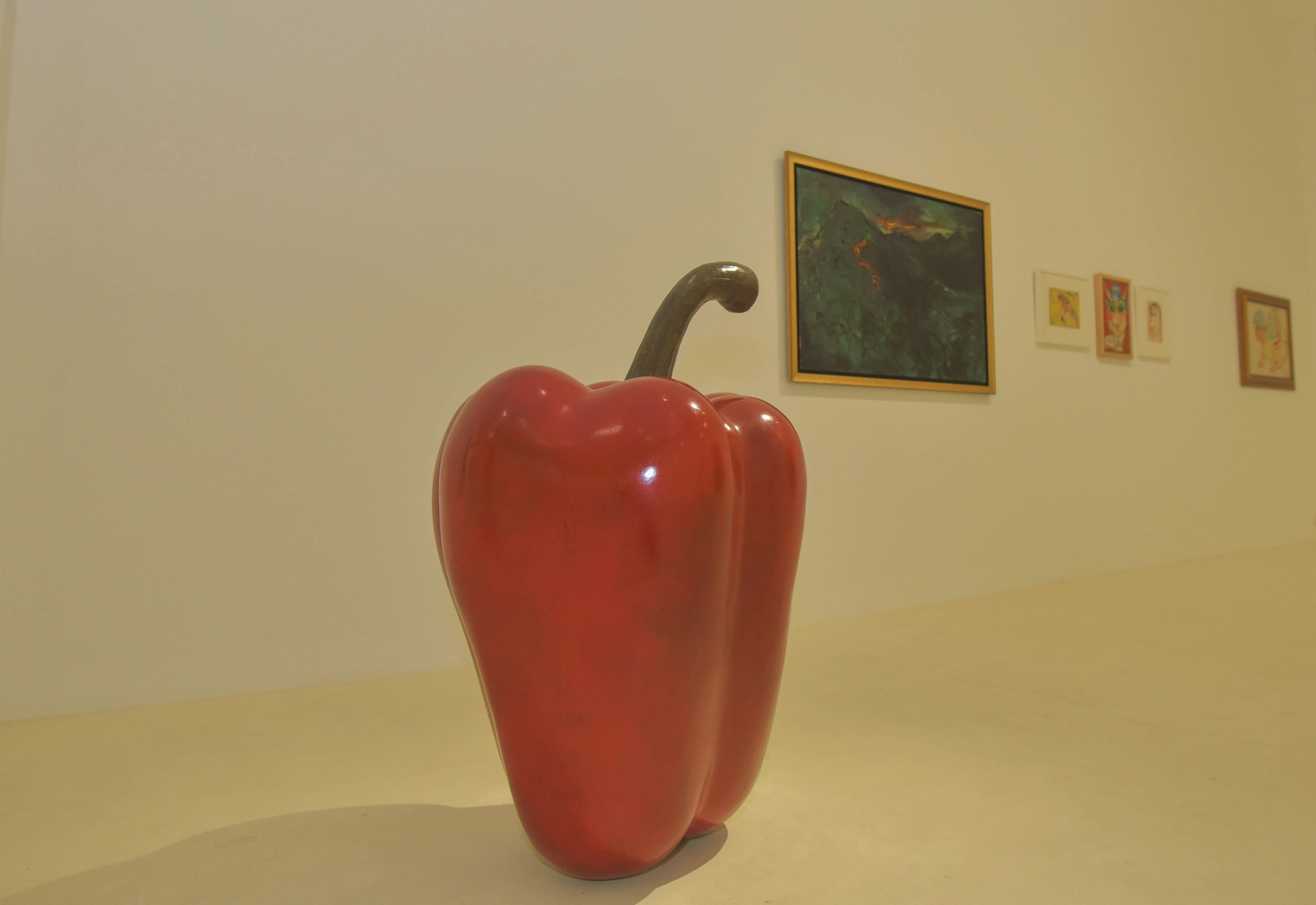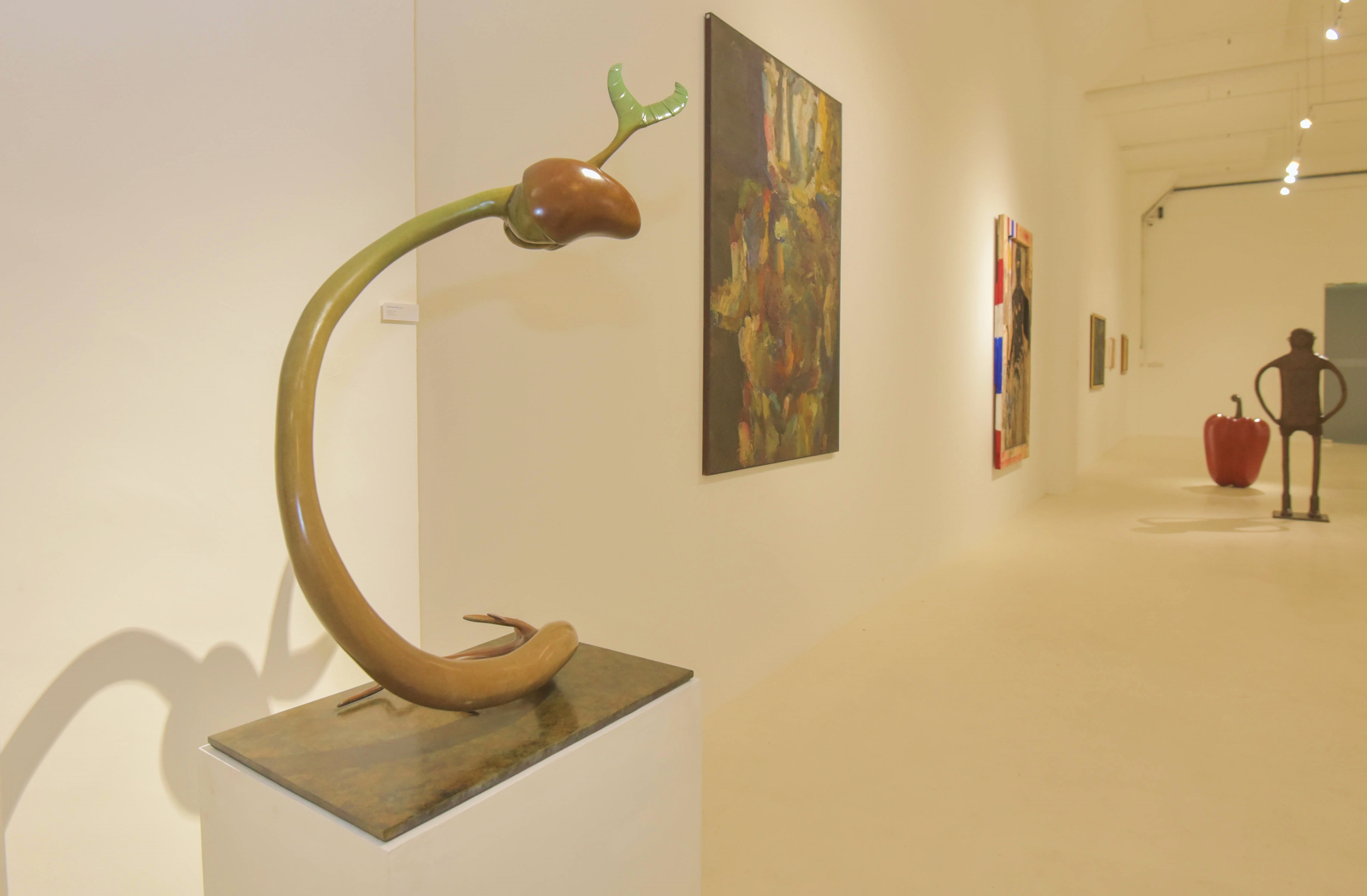SINGAPORE: More than two decades ago, art dealer Jasdeep Sandhu went on an extensive trip around Southeast Asia. The 50-year-old Singaporean was about to open a new art gallery and was wondering what to call it.
“I was in Thailand and was about to take the train to Yangon. It was a hot afternoon and I was sweating, and right in front of me was an elephant tied to a lamp post,” he recalled. The image stuck and Sandhu had his name: Gajah, the word for elephant used in many parts of Asia.
“It’s a respected animal across the region, and it’s also a slow-moving but steady animal that will get to its destination after some time,” he said.
It also proved to be an apt name for one of Singapore’s longest-running commercial galleries. In an era when galleries and art spaces come and go, Gajah Gallery is celebrating its 20th anniversary with a two-week exhibition that opens Nov 5. It will feature works by 25 notable artists from Southeast Asia and beyond, many of whom had worked with the gallery from the very start.
FROM TEMP STAFF TO GALLERY OWNER
It has been quite the journey for Sandhu, a trained lawyer, who started as a temp staff at another gallery. “I was just hands-and-legs for the gallery, but within a month of not understanding (art), I fell in love with the art scene, especially Southeast Asian art.”
After reading about Indonesian art in a magazine, he decided to take his newfound passion a step further: To start a gallery.

Among the artworks at Gajah Gallery’s 20th anniversary exhibition is a work by Singaporean artist Suzann Victor (foreground). (Photo: Shawn Lim)
Gajah Gallery held its first exhibition in 1996, the same year that the Singapore Art Museum opened. It was a steep learning curve for the newbie, especially during the nascent days of the local art scene, which he described as “pretty barren”.
At the start, the gallery didn’t even have a space and would hold “handicraft” pop-up shows. “Those were the difficult days. You’d do anything for some sort of exposure.”
But Gajah Gallery soon found a place and a focus. Its first space was an apartment at Monk’s Hill Terrace near the Newton Circus hawker centre, where it began showing then-unknown Indonesian artists.
“We started off with Entang Wiharso and Nasirun. They were definitely not famous (back then) but they were young and they trusted me. I’m proud to have shown them.”
Within the next few years, Gajah Gallery became known as a place to see and buy artists from Vietnam, Thailand, Singapore and especially Indonesia. Among these were now-established names such as Heri Dono, Vasan Sitthiket, Jason Lim, Nyoman Masriadi, Yunizar, Rudi Mantofani, Handiwirman and the Jendela Art Group collective.
“Looking back, I think I was extremely lucky to have picked up on these artists. They were not just financially viable but they were also very inspiring to a young gallerist,” he said.
BIGGER AMBITIONS
He would also eventually find a bigger space, at the MICA building. It was the largest concentration of galleries in Singapore before Gillman Barracks, and Gajah Gallery would gain more exposure being right at the heart of the city.
“We moved from a 900 sq ft space to a 3,000 sq ft space, which was amazing. It was a very good initiative from the Government to actually give these galleries a bit of a chance to start developing the art scene,” he said.
During the past few years, the gallery has taken things to the next level. It opened a metal foundry in Yogyakarta, where the gallery’s roster of artists could create bigger works. They are currently working with Singaporean artist Suzann Victor for a series of sculptures. “It does take away quite a lot from our resources but perhaps it shows our intention to try and give back to the community,” he said.

A sculpture by Singaporean artist Kumari Nahappan. (Photo: Shawn Lim)
Last year, the gallery moved to an even bigger space, a 6,000 sq ft gallery at Tanjong Pagar Distripark. The high ceilings and bigger area have allowed them to be more experimental in the works they show, said Sandhu.
“We’ve had a huge Handiwirman, which I think is five metres tall, and it looked pretty small in the space. In most galleries, it wouldn’t even fit through doors. So (the new space) allowed us to move to that next step. It gave us a broader ability to show a lot of interesting art from the region and also Singapore.”
TWO DECADES OF CHANGE
Being in the business of selling art for two decades, Sandhu has witnessed a lot of changes. Among the biggest have been the impact of the Internet and the rise of artwork prices.
“You’ve had an Internet revolution. Back then, it was rare to find an image of an Affandi (painting). Now, you just Google and bang, you’ve got 300 of his finest works in front of you. It has allowed us to communicate with everyone around the world.
“We’ve also had an upward movement of prices, which has allowed us to employ more than just the proverbial gallery girl. We have gallery managers, curators, a good staff base, which then allows us to broaden our scope of activity.”
It has also led to a sustainable industry capable of surviving on its own, he added.
“When the gallery is successful, the artists get paid, the framer, the lighting guy gets paid, your manager gets paid, your gallery assistant gets paid. You see that happening.
“There’s only so much you can do when the price range for the artworks you sell is S$5,000, but there’s a lot more when the range is S$50,000 — the artworks get a lot more exciting, especially when you have gallerists trying to put back into the industry and raising the level of professionalism within the region.”

(Photo: Shawn Lim)
But Sandhu also cautioned that, at the moment, the art scene as a whole is going through“one of the hardest financial times in a long while. “We had SARS, which was almost fatal, but it was for three to four months, whereas this is a three to five year episode we’re going through,” he said.
But despite that, he pointed out that it’s exciting times for Southeast Asian art, citing the growing interest in looking at the histories of art development in the region.
“With initiatives that the government has taken, such as the National Gallery, we will start believing in ourselves a lot more. Hopefully, there’s a lot more confidence in the art of the region. And we want very much to be on top of that.”
And like the slow-but-steady animal it’s named after, Sandhu’s Gajah Gallery might be able to do just that.
More details on Gajah Gallery’s 20th anniversary exhibition can be found on its website.





